Short form videos like TikToks, Reels, and Shorts are becoming the prominent content form across all platforms but there is still room for other types of content. How do you leverage your creative team across all types of content to build your online presence? It starts with identifying a brand identity and voice, then selecting what platforms you want to be active on, followed by creating content with purpose to build your presence.
Brand Identity and Voice
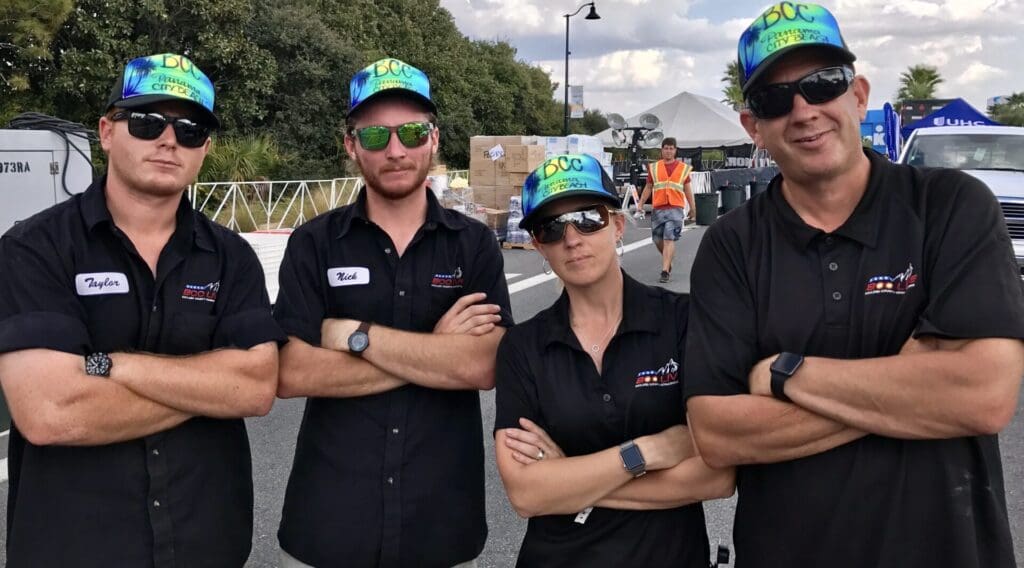
Having a solid brand identity is imperative to long term success. What is brand identity versus brand voice? Brand identity is how customers and your audience recognize you. Brand voice is how the brand interacts with its audience. Discovering your brand identity is the first step in finding a brand voice. Then you can begin creating content with a purpose.
When working with your team, it is important to talk about the existing reputation of the brand, and to ensure this aligns with the intended goal. When setting goals for brand reputation, consider your brand mission statement and goal statements. From there, you can start to iron out what qualities you want to identify with and further explore the voice for your brand. These pieces will all guide you in creating content that aligns with your brand goals.
Create Content With a Purpose
Once you have your brand identity and voice solidified, it’s time to start making content with a purpose. Creating content is a lot of effort, so you want to make sure it’s working and helping you make progress towards your goals!
At BCC Live we use Facebook, Instagram, LinkedIn, and YouTube. Our website hosts our blog. Each social media platform is geared towards different audiences, warranting a different approach and different types of content (more on that later).

Facebook is the oldest social media platform still used today. It supports all types of content and allows sharing across pages and people. It is a good place for more casual, relatable content to live. Facebook is also good for sharing brand updates, deals, and project announcements. The different aspects of the platform allow users to connect personally with customers or fans, and the comments and sharing sections help build a stronger connection.
Instagram, now part of Meta, is similar to Facebook in many ways. However, this platform has a different demographic than Facebook – Instagram skews to a younger demographic than Facebook. When working toward growing your online presence, you can use this to your advantage because you can share similar content across the two platforms and reach two different demographics of people. Instagram thrives with short form video, photo, and graphic posts. Keep it short, engaging, and frequent to keep your brand in people’s minds.
YouTube
YouTube is a great space to develop a devoted community and establish yourself as an authority in your space. Long form and short-term videos are perfect for YouTube. Reviews, how-to, and explanation videos are perfect for building a sense of trust with your community of viewers. However, not everything needs to go to YouTube – remember, you want to establish a clear area of expertise on YouTube. Focus on determining a niche area and creating high quality content in that area.
LinkedIn is another platform that supports varying types of content and is perfect for B2B networking and marketing. LinkedIn is a perfect space to focus on growing and expanding your business reach. Just like Facebook, LinkedIn is great for sharing and discussing various topics.
Types of Content
We like to divide the types of content into 5 types:
- Blog Posts
- Photos
- Graphics
- Short Form Video
- Long Form Video
Blog Posts
Blog posts are generally hosted on a website and help Google and other search engines crawl your page and identify what the focus of your website. Keep in mind that blog posts should be focused on one topic and answer a question that customers or clients may ask. Adding filler sections to blog posts makes it more difficult for people to find the answers they are looking for. Keep blog posts clear and concise by sticking to the topic in focus.
Blog posts are a great way to link internally and externally to your website. This helps search engines understand what the contents of your website look like. Consider writing multiple blog posts on a similar topic and linking them with one another.
Photos

Photos and status updates used to be the backbone of social media. Currently, photos aren’t as prevalent but they still play an important role in increasing engagement on your pages. Photos can showcase your team in action, highlight a beautiful look at your product, or showcase an eye-catching snapshot of your brand.
Capturing the true essence of your brand comes through candid shots and authentic interactions with followers. Take some time to capture these moments and use them to develop stunning photo content. Sometimes the right picture with a simple caption can do more than the best produced reel. At the end of the day, we connect with other people – not products. Use that to your advantage.
Graphics
Graphics are a great way to showcase ideas or compare statistics in a bite sized format. Graphics that clearly explain a concept and answer a question do very well compared to graphics that dance around their topic. When designing graphics for social media, remember to keep branding guidelines in mind. If you have a design team, lean on them and trust them to develop ideas while staying within branding guidelines.
Graphic ideas can also be pulled from preexisting content, such as blog posts. We took our blog post discussing steps to find the right size led screen and created graphical content to go along with the text. This material doubled as additional pieces of sharable content.
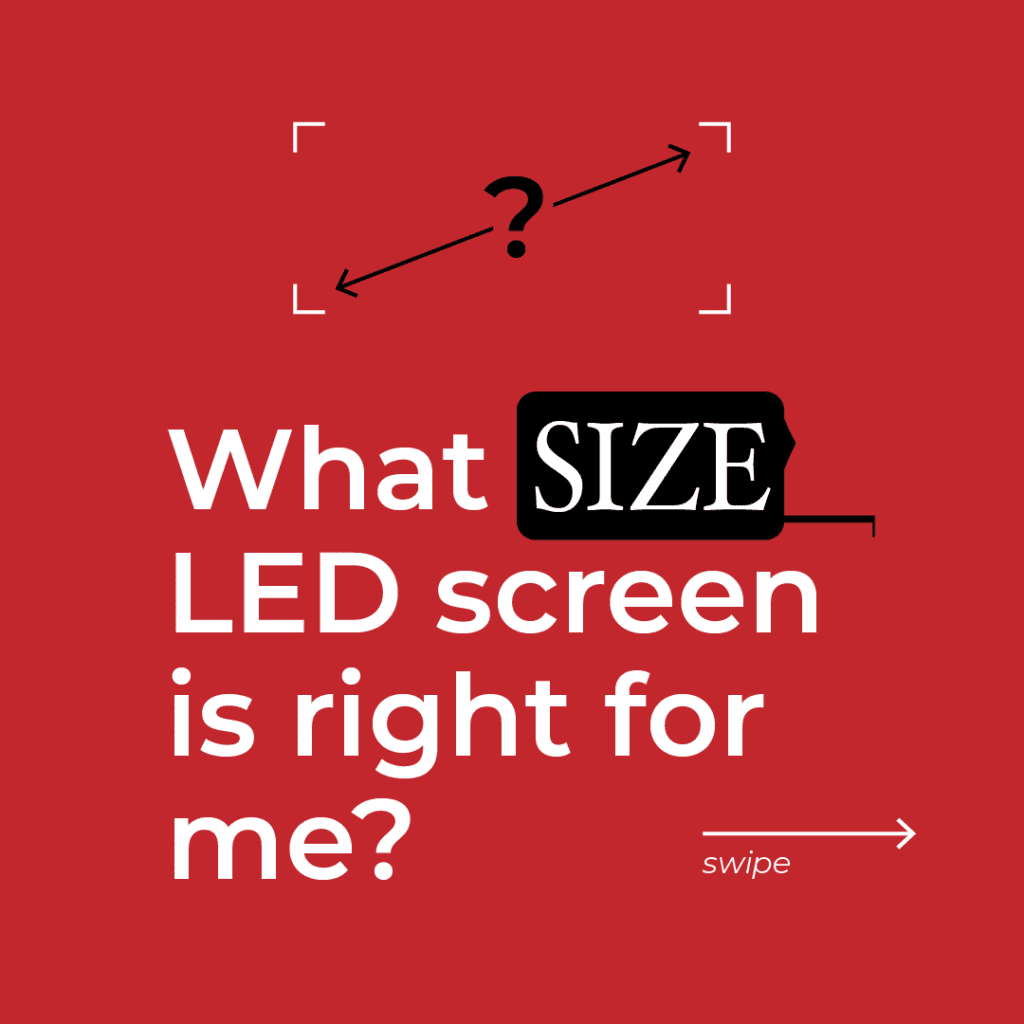
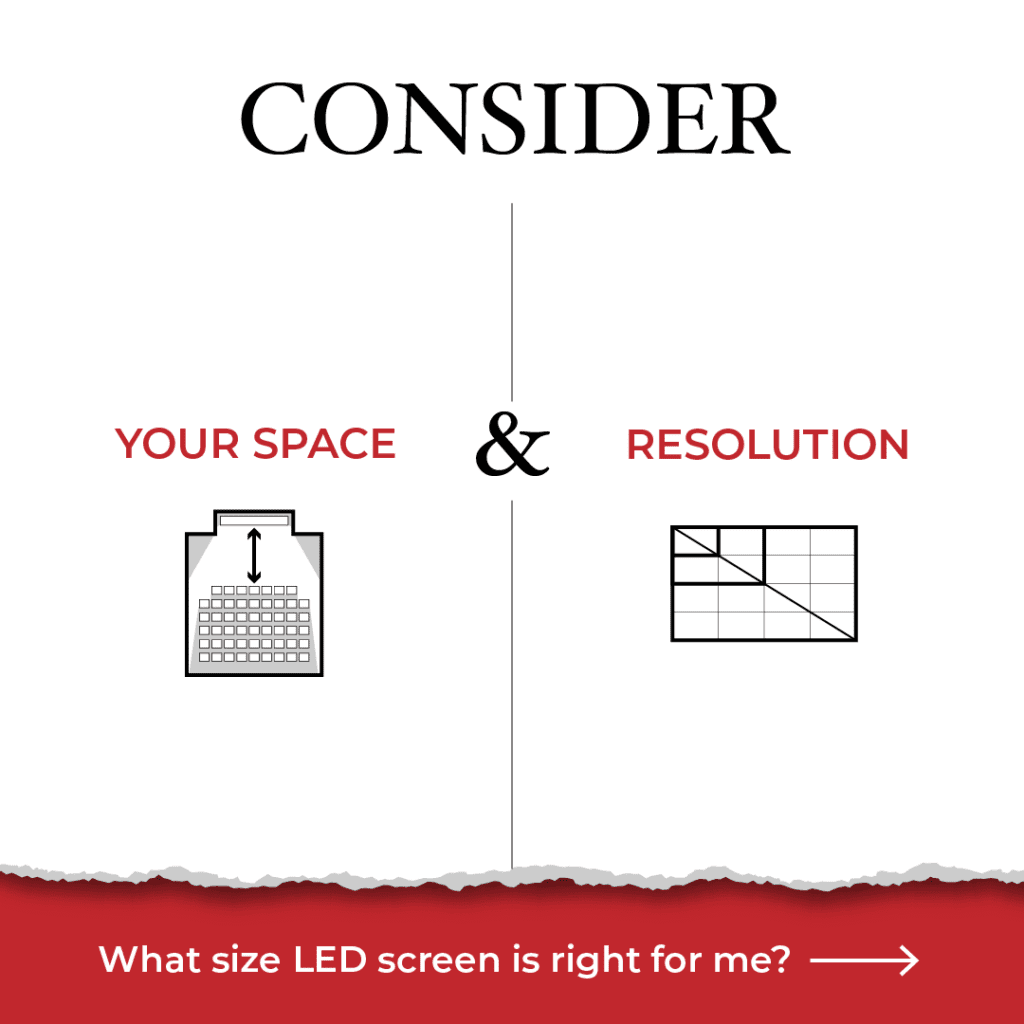
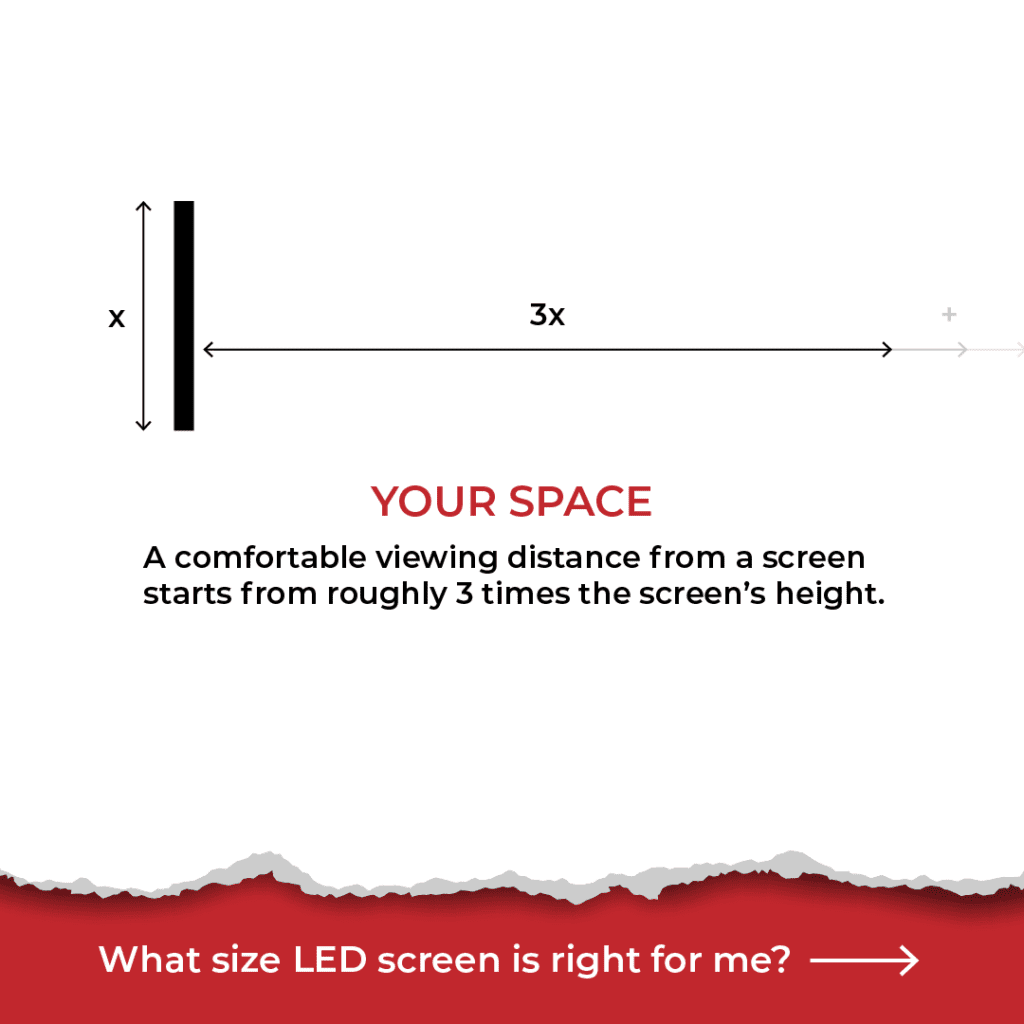
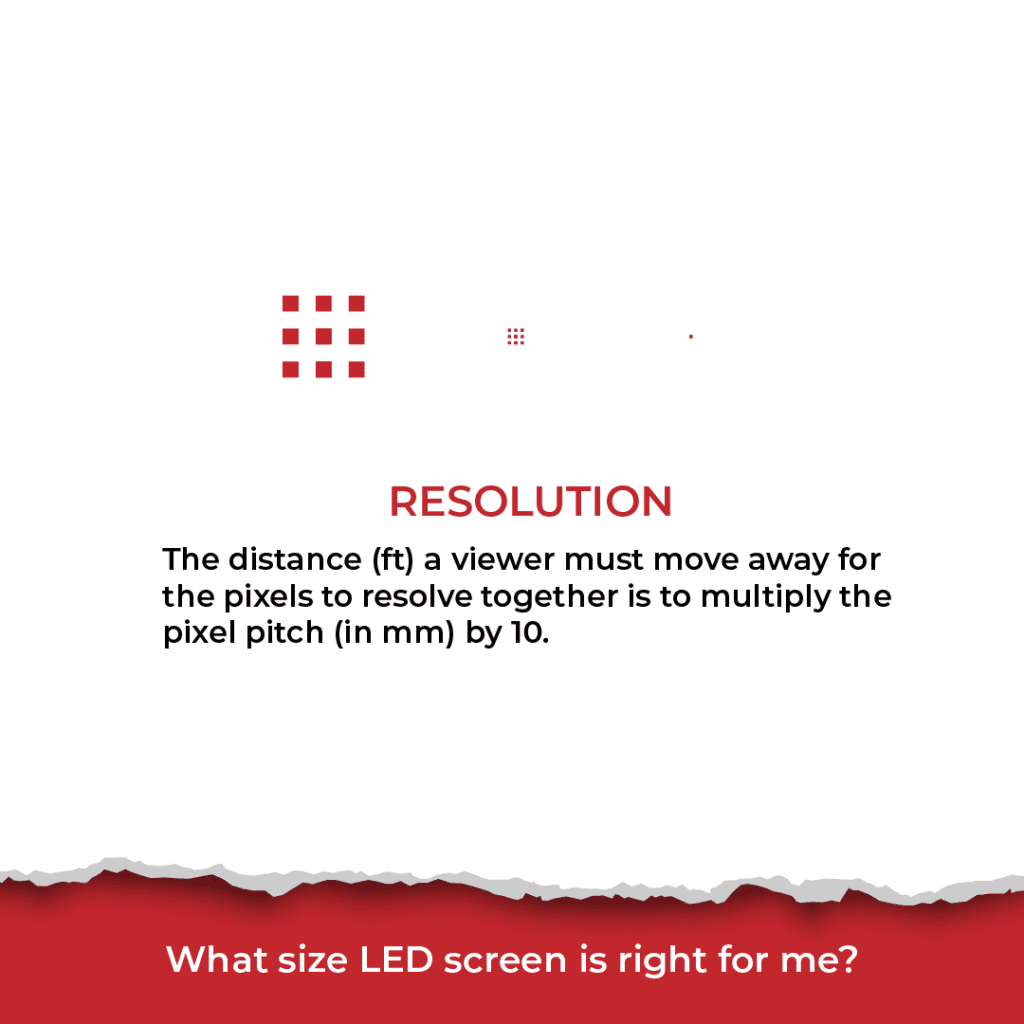

Short Form Video –
With the rise of TikTok, short from video has become the focus on every platform. Facebook and Instagram encourage creators to make reels, LinkedIn favors vertical videos, and YouTube shorts exist. There’s no getting around the fact that short form vertical videos are critical to any social media strategy.
The first thing to remember when making short form content is that you need to hook your audience within the first three seconds. This can be done by engaging in a recent trend or posing a question as text on screen that will be answered in the video. Three seconds to grab someone’s attention before they swipe might feel daunting, but quickly focusing in on your topic will establish a clear direction for the video.
An Instagram reel that explains the very complicated way that we keep track of whether our dishes are clean or dirty.
You hooked your audience in the first three seconds, now what? Main content! If you posed a question on screen, make sure you answer that question and deliver on your hook. Your main content is where you can showcase the brand identity, highlight an upcoming product launch, or provide valuable information to your viewers.
Finally, deliver some source of satisfaction at the end… a pay off. Talking about an upcoming product? Give viewers an early discount code. Answering the top 5 questions your get asked about a product? Answer audience questions from the comments. A sense of completion and reward for spending a minute watching your video is necessary to keep people engaged and coming back.
There are many ways to elevate your short form video. Depending on the platform and goal, the best way to learn is to get started with a purpose and a goal. See what works and what doesn’t, then analyze the data, modify the plan, and try again.
Long Form Video –
Long form videos give you the opportunity to dive deeper into a specific subject. We’ve all ended up on YouTube watching a “how-to” video for some product or another and it’s been undeniably helpful. “How-to” videos are one example of what long form content might look like. Reviewing new technologies and gear is another example of long form video content.
What these types of videos have in common is they focus on a specific topic and clearly address it. A ‘how-to’ video addresses the issue of how you do something, while a review video addresses the presenter’s opinions and ideas on a specific product. This keeps people watching and engaged… which is the goal of creating content. Some viewers may find themselves watching your video because it has a catchy thumbnail and draws them in, but it is better to create brand specific content that viewers will seek out.
Another example of long form content that we create here at BCC Live are documentary style videos. We created a whole series following our friends and colleagues training to race IRONMAN Coeur d’Alene.
When people intentionally seek out your content and value your opinion you will begin to grow.
